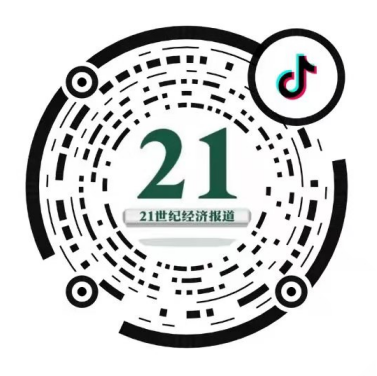Sharon Hu, journalist for Southern Finance Omnimedia Corp(SFC)
The Lao government currently holds an optimistic outlook regarding the country’s economic growth. The national Gross Domestic Product (GDP) is forecasted to grow by 4.6% in 2024, exceeding the 4.5% target approved by the National Assembly. This growth is expected to be driven by the services, transportation, wholesale, and retail sectors.
Despite the positive growth outlook, the economies of Laos and other ASEAN countries still face significant risks amid the U.S. government’s threat of imposing tariffs.
Soulysak Thamnuvong, Deputy Governor of the Bank of Laos, states that Laos is currently grappling with high inflation rates, which have decreased from over 40% in recent years to 11% currently. The next target is to bring the inflation rate down to single digits.
Addressing the U.S. tariff policies, Soulysak emphasizes that Laos must exercise great caution, particularly in implementing monetary policies. Beyond focusing on interest rates, he stresses the need to consider the uncertainties posed by U.S. policies and respond through closer cooperation, both within ASEAN and between ASEAN and China, Japan, and South Korea (10+3). He called for coordinated actions to maintain economic stability.
How should Asian countries cooperate? Soulysak notes that Laos, as a highly dollarized economy, is sensitive to interest rate fluctuations, which directly impact inflation rates. He highlights the importance of stabilizing interest rates. He addes that if the Asian region, particularly ASEAN and the 10+3 framework, could unite and take collective actions on monetary policy cooperation, it would better address external challenges. In this context, China is expected to play a leading role in regional policies.




















